The contraceptive implant
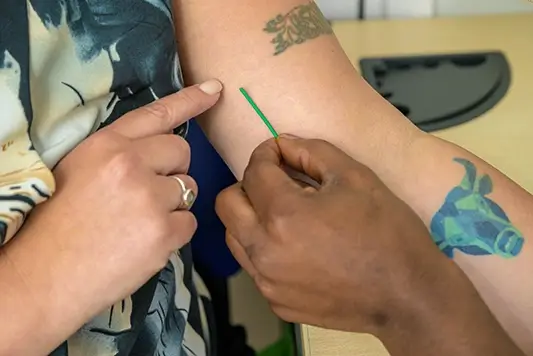
The implant
The contraceptive implant is one or two small plastic rods which are about 4cm long, and sit just under the skin on the inside of your upper arm. The implant prevents pregnancy for three years.
The implant works by slowly releasing a hormone called progestin in your blood. The hormone stops the body releasing an egg each month. The hormone also makes it harder for sperm to get into the uterus.
Video – the implant
Would you like to find out everything you need to know about the implant in under two minutes? We’ve created this short explainer video, filled with information about the implant including:
– What it is
– How effective it is in protecting against pregnancy
– Advantages
– Disadvantages
– Risks
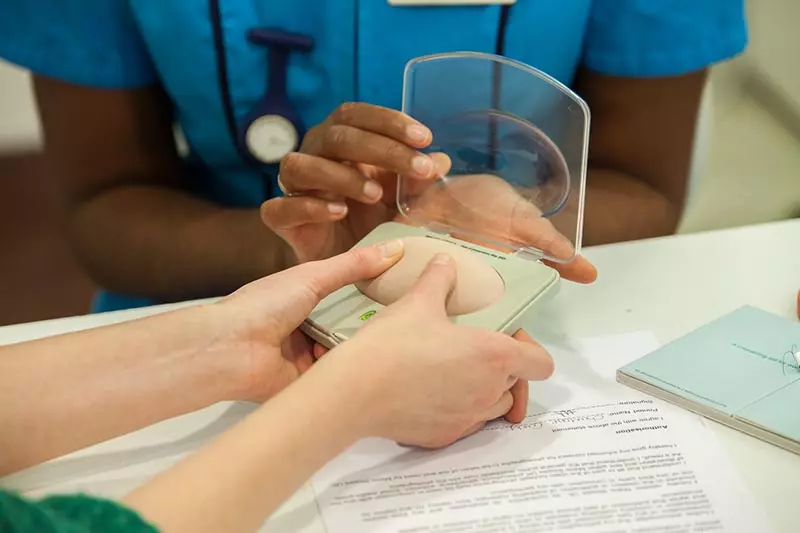
Getting the implant
Inserting the implant is a simple procedure that takes about five minutes. A trained person inserts the implant under the skin on the inside of your upper arm. Your arm is numbed before insertion, so it is generally not painful. Once inserted the implant does not move around your body, although it may occasionally move slightly from the incision sight. This should not affect the efficacy of the implant, and implant removal should still be easy. You can feel the contraceptive implant under the skin.
In the first few days after insertion, keep the section of your arm where the implant was inserted clean and dry if you can. You can wrap the affected part of your arm in cling-film when you have a shower. You will have a small wound where the implant was inserted into your arm.
In this image, you can see a dummy implant used in clinics to show the client what the implant will feel like in their arm.
Effectiveness of the implant
The implant is the most effective contraceptive method available, and works very well at preventing pregnancy.
The implant is more than 99% effective with perfect use.
Fewer than 1 in 100 people using the implant will get pregnant in a year.
How long does the implant take to work?
If the implant is fitted during the first five days of your menstrual cycle, you’ll be immediately protected against becoming pregnant. If it’s fitted on any other day of your menstrual cycle, you’ll need to use additional contraception (such as condoms) for seven days.
The mini pill – the perfect ‘bridging method’
If you haven’t quite made up your mind about contraception, you may want to consider a temporary or ‘bridging’ method to get you from now until you get the method of your choice without putting you at risk of an unwanted pregnancy.
The mini pill is the perfect ‘bridging method’, due to how quickly it protects against pregnancy.
Other LARC methods
Follow the links below to find information about other long-acting reversible contraceptive methods.

The contraceptive injection
Find all you need to know about the contraceptive injection.
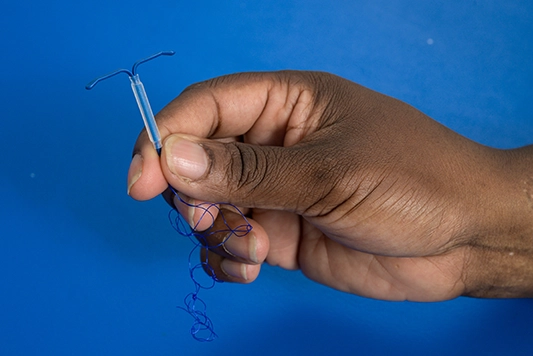
The non-hormonal coil (CU-IUD)
Find all you need to know about the non-hormonal coil (also known as the copper coil).
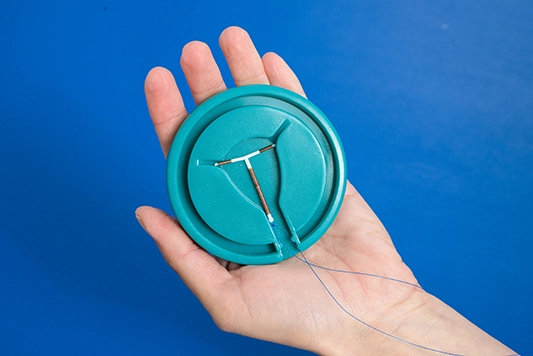
The hormonal coil (LNG-IUD)
Find all you need to know about the hormonal coil (formerly known as the IUS).
Advantages, disadvantages, side effects and risks associated with the implant
Having the implant fitted as part of abortion care with MSI UK
As part of NHS-funded abortion care, we offer a range of contraception methods should you wish to start a method at the time of your treatment.
If you are having a surgical abortion with MSI UK, we can arrange for the implant to be fitted during or on the same day as your abortion treatment.
If you have a medical abortion and are collected your abortion tablets in person, you may be able to have your implant fitted at this time – please ask us if you are interested in this option. If you are accessing at-home abortion care (telemedicine), a nurse will be able to arrange an appointment for you to have the implant fitted following your abortion.
Where can I get the implant fitted or removed?
In the UK, you can make an appointment to have the implant fitted or removed – and to access other LARC (Long-Acting Reversible Contraception) services, such as coil fitting and removal – at sexual health clinics, contraception clinics and some GP surgeries.
At MSI UK, we primarily offer contraception services as part of your abortion care. We also offer contraception services in some parts of England for people who have not accessed our abortion services. From these clinics, people can access LARC (Long-Acting Reversible Contraception, such as the coils, the implant and the injection) with us without having had an abortion.
Follow the link to find out more: MSI UK Contraception Clinics
Learn more about contraception
Visit the pages below to find a comparison tool to help you find the right method for you, to learn more about long-acting reversible contraception and to find information about MSI UK’s contraception clinics.

Which method is right for me?
Find a contraception comparison tool that can help you find the right method for you.
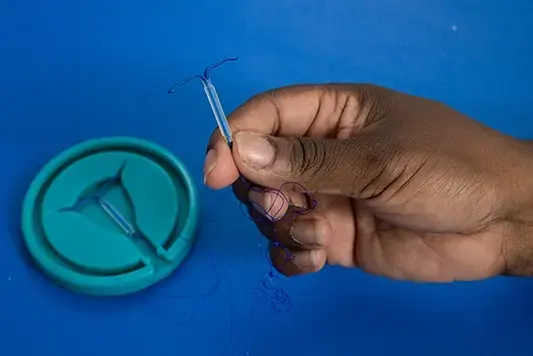
MSI UK contraception clinics
Here, people can access long-acting reversible contraception without having had an abortion.
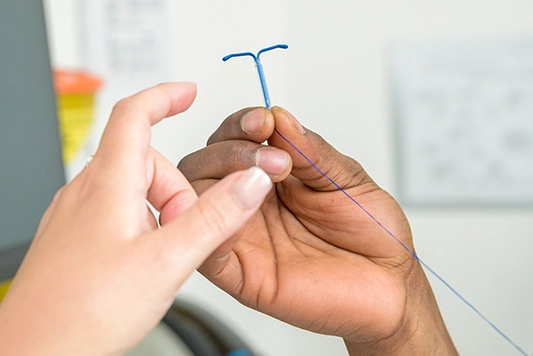
Long-acting contraception
Long-acting contraceptive methods include the coils, the injection and the implant.








































